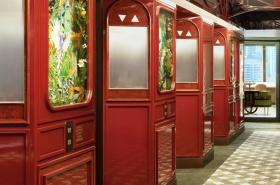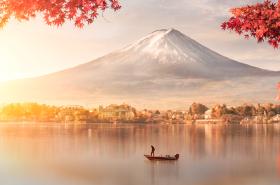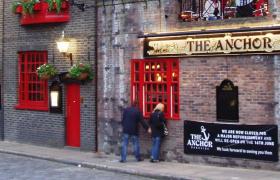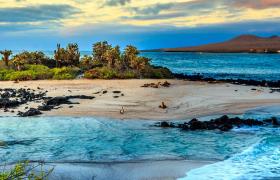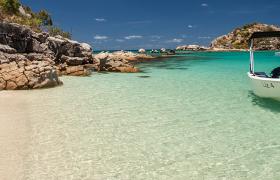Most ski enthusiasts arriving in Hokkaido make straight for the ski slopes and I certainly can’t blame them. The northernmost powder capital of Japan, Niseko is known for its world-class skiing and soul-soothing onsen hot springs
I stopped off along the way from the gateway city of Sapporo and found another spot blessed by the snow gods, laden with Japanese culture. Nestled on the shores of an ancient caldera lake, the annual Lake Shikotsu Ice Festival captivated me completely.
ShannonMartin-PageTwoTravel-Shikotsuko-146.jpg
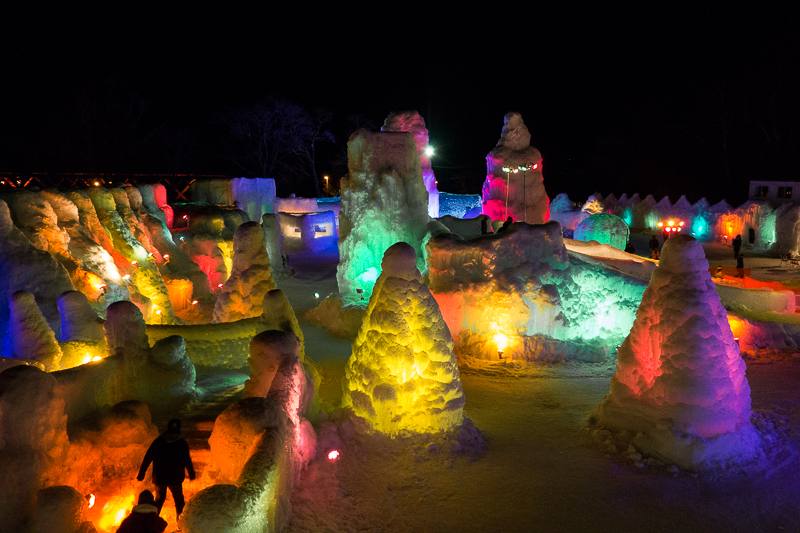
The Five Great elements
Of all the alluring aspects of Japanese culture, I’ve always been drawn to the spiritual respect for the five elements - considered to be the fundamental forces behind the ways of our world. The “five great” godai are earth, water, fire, wind and void. Water – known as sui - is considered to be the second most powerful element; it symbolizes the flowing and adaptable characteristics of people, their emotions and their surroundings.
Sui is artfully represented in koi ponds and threaded through moss gardens and temples around the country. It’s at the heart of the Shikotsu-Toya National Park in Hokkaido – a massive crater lake encircled by volcanoes that line the rim of the caldera. Here, residents channel the adaptability of water, working with sui in it’s frozen form to create an icy kingdom.
The power of sui
When winter properly sets in, artisans of ice arrange fine nets to catch drops of lake water sprayed onto them. Layer by layer these droplets form tunnels, pavilions, castles and ice slides. A matter of great pride for the locals of Shikotsuko Onsen town, every tower and turret of the grand display is perfected with uniquely Japanese precision. Simple refreshments are served out of petite trailers by petite grey-haired volunteers, smile lines wrinkling as they hand me my canned hot chocolate.
ShannonMartin-PageTwoTravel-Shikotsuko-442.jpg
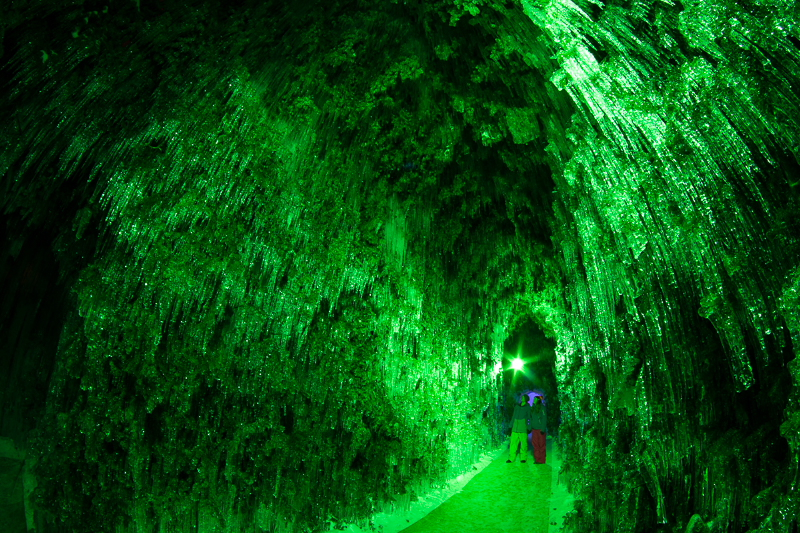
A range of ages, a standard of joy
I arrive at Lake Shikotsu at twilight, just moments too late to take in the view of volcanoes across the water. Being the second deepest lake in Japan it takes a lot to make it freeze over. Japanese children, surprising in their ability to be quietly boisterous, are testing out their wobbly skating legs on the ice rink. Their enthusiasm is contagious enough to send me up the carved steps of the grand ice slide, and to leave my self-consciousness at the top. I’m not the only one shedding mature inhibitions…visitors of all ages are in fits of giggles as they penguin slide down the smooth ice onto crash mats.
More inspiration from the Land of the Rising Sun: Why You'll Love These 11 Travel Moments in Japan
Seeking another Japanese cutural experience?: The Last Outpost for Japan's Pearl Divers
Aurora Borealis, Shikotsuko style
As the night sets in the Shikotsuko Ice Festival reveals its most enchanting side. In the same way that water hides much below its surface, the ice pinnacles entomb coloured lights that create an entirely different atmosphere. The forested tunnel now holds an eerie green gleam and the arches of the ice castle walls seem unreachable. The glowing shoreline stops every visitor in their tracks as they approach. I’m lucky enough to be here on a weekend when fireworks create even more colourful reflections on the lake’s surface, accompanied by traditional waidako drummers.
ShannonMartin-PageTwoTravel-Shikotsuko-346.jpg
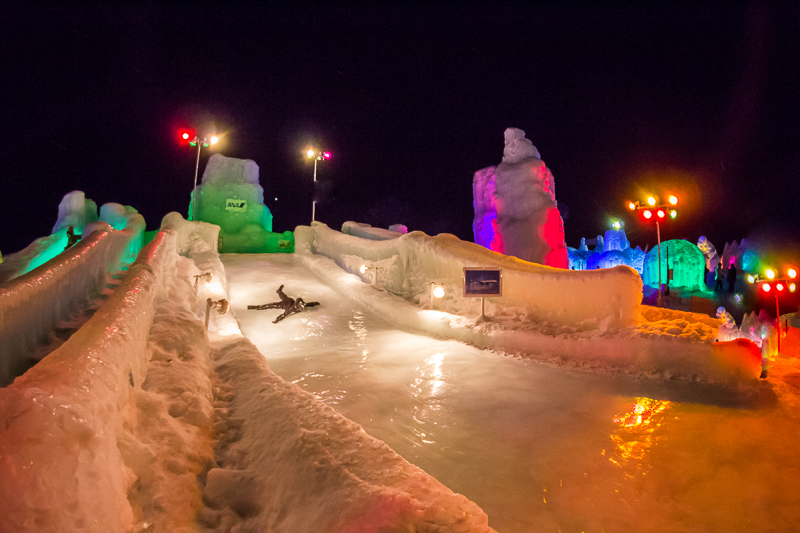
An Onsen Experience
The Shikotsuko Onsen area is home to numerous ryokans, classical Japanese inns that offer guests a chance to leave their troubles (and their clothes) behind with a hot spring soak. I completed my personal dedication to the sui element with an overnight stay at the Marukoma Onsen. The hotel serves traditional multi-course meals called kaiseki in bamboo-floored guest rooms and the original onsen pool remains as it was found in 1915 when it was accessible only by boat. As I watched snowflakes melt in my hot spring bath perched on the edge of the lake, I sent a silent thank-you to the five great godai.





